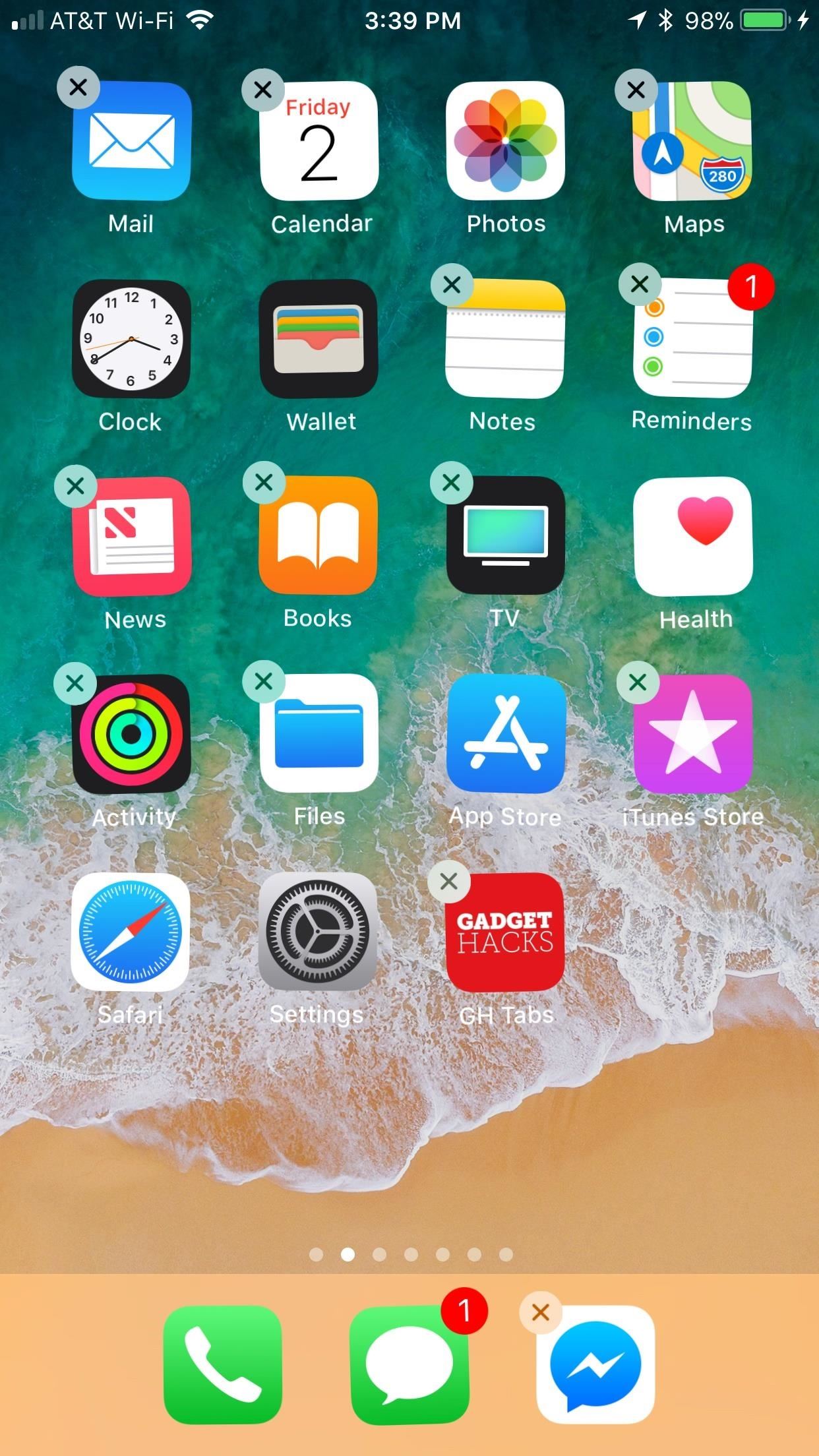Tech basics: Operating systems
Understanding
Since the day computers were invented, they have been developing drastically. The major concern was to provide more efficiency with less time in processing. At the time developers were busy thinking about computers efficiency, the idea of operating system came out which suggested that one can achieve computer efficiency by reducing the gap between hardware and software. An operating system basically is an interface between hardware and software of a computer system. It is the most important part of a computer. To make a computer work one has to write codes in it with its own language i.e programming language which is basically a software and after that the programmer has to deliver that code to the hardware so that the computer can do what the programmer wants it to do. By doing all these tasks manually a lot of time it takes to complete. To overcome this problem, operating systems were developed.
Concept
The working of an operating system is basically to build a connection between the hardware and software of a computer. While an operating system is software itself, it allows the user to communicate with the computer with knowing any computer language. A computer comes pre-installed with an operating system. Without it, a computer is nothing more than a box. It manages memory and processes. It manages all the software running on the computer giving them the priority they need at that time. An operating system looks for process and assigns them the hardware they need to run. While executing one process, the operating system ensures that the others are in the waiting list so that at one time multiple processes don't occur that may lead to computer failure. In modern computers due to multiple core processor, it is even possible to run multiple processes at the same time. Apart from building a connection between hardware and software, and operating system provides a UI(user interface) to the user ao that it would be easy for the user to communicate with the computer without having any knowledge of computer language. An operating system needs to have a UI so that users can communicate with it. Basically, there are two types of UI. I.e CLI and GUI.
A CLI(command line interface) is typically a terminal window. The user interacts with the OS by typing specific instructions, commands or arguments which is specific for that OS. And each command is related to specific tasks.
A GUI (graphic user interface) is basically a screen full of icons written statement and graphical window where the communication is made between the user and OS by gestures
like clicking, holding, tapping etc. This type of UI is more efficient as most of the people can use it.
Operating systems have APIs which enables the application to utilise hardware and software functions without knowing any low-level written format of the system. Application management is one of the most important functions of an OS. It manages all the applications in the system by providing them various access to what they need and also handles errors.
One more important feature is time management. In multitasking, it is the OS that handles all the applications running and assign execution. OS manages how much time one process requires to complete its execution. It determines how much time should be given to one program while another one is in waiting.
It also handles (I/O) commands to and from multiple attached devices. Without an OS it would have been almost impossible to handle all the devices at one time.
Device management is one important feature of an OS. For the communication between hardware and software, the OS installs specific drivers so the devices can make communication with the OS.
Types of operating systems
General-purpose OS
A general-purpose OS is a series of operating systems that are designed to perform multiple tasks at the same time. It is designed to handles different software and hardware at the same time. It mainly comes pre-installed with desktops and laptops where we may attach a different kind of hardware as per our requirements. This kind of OS is made keeping in mind the usage of desktops and laptops. They can handle programming, designing, computing, browsing, gaming and all other features simultaneously.
Since every desktops and laptop comes pre-installed with the general-purpose OS it is even possible to change the OS completely. Getting started with a new OS may seem weird at first look but after some time users can use it with ease.
Examples:
Windows OS
Windows is the group of flagship operating systems developed by Microsoft. It was first released in 1985 and till the date, it holds 90% of total operating system shares used in computers.
Releases are
- Windows: officially released on November 20 1985, it was the first version of Microsoft windows.
- Windows 2.0: officially released in December 1987, it was popular than its predecessor. It has improved time and memory management.
- Windows 2.1: released in two different versions i.e windows/286 and windows/386. Came with multitasking window and expandable memory.
- Windows 3.x: officially released in 1990, had improved design and virtual memory. It came with loadable virtual device drivers.
- Windows 95: officially released on August 24, 1995, came up with native 32-bit support, plug and play hardware, efficiency in multitasking and support up to 255 characters.
- Windows NT: officially released in November 1998 came with several updates and features.
- Windows 2000: officially released on February 17, 2000, was the successor of Windows NT version 4.0 came up with new interface.
- Windows XP: one of the most famous windows version released on October 25, 2001, with a beautiful interface and enhanced multimedia and networking features.
- Windows Vista: released on November 30, 2006, came up with several new features like redesigned shell but had not been so popular and faced much criticism.
- Windows 7: released on July 22, 2009, was the most popular windows version came up with massive improvements like new security features, improved taskbar, new start window etc.
- Windows 8/8.1: released on October 26, 2012, came with Microsoft Metro design language and had support for touch-based devices.
- Windows 10: The latest version of windows released on July 29, 2015, which came with improved start menu, virtual desktop, ability to run windows store etc.
Mac os is a flagship series of operating systems developed by Apple inc. It was initially released in 2001 and used in every Apple computer. First introduced in 1984 for macintosh computers, the first desktop version was released in March 2001. It is the second most famous computer OS after windows.
Releases
- Mac OS X cheetah: released march 24, 2001
- Mac OS X puma: released September 25, 2001
- Mac OS X jaguar: released August 24, 2002
- Mac OS X Panther: released October 24, 2003
- Mac OS X Tiger: released April 29, 2005
- Mac OS X Leopard: released October 26,2007
- Mac OS X snow leopard: released August 28, 2009
- OS X lion: released July 20, 2011
- OS X mountain lion: released July 25, 2012
- OS X Mavericks: released October 22, 2013
- OS X Yosemite: released October 16, 2014
- OS X El Capitan: released September 30, 2015
- Mac OS Sierra: released September 20, 2016
- Mac OS High Sierra: released September 25, 2017
- Mac OS Mojave: released September 24, 2018
- Mac OS Caterina: released October 7, 2019
- Mac OS big Sur: announced June 22, 2020
Linux os
It is a UNIX like operating system which is completely open-source i.e anyone can make modifications in the OS. It is based on Linux Linux kernel which is basically an OS released on September 17, 1991. Linux is actually a family of OS which are named as Linux but modified under different developers. All these OSs comes under Linux distributions.
Some famous releases are:
- Debian Linux
- Ubuntu Linux
- Fedora Linux
- opens EU
- Redhat Enterprise Linux
- Slackware Linux
- SESU Linux
- Arch Linux
- CentOS
- Gentoo Linux
- KNOPPIX
- Linux mint
- Mageia
- Oracle Linux
- Scientific Linux
Mobile operating systems
These are the category of those OS which runs on mobile devices. Comparatively consume less power and runs with less memory because these OS have fewer features than general-purpose and can handle small jobs. But with the advancement of technology, today's mobile devices are so powerful that they can handle even powerful processes with greater efficiency. In the last two decades, mobiles devices have been very popular and to make efficient communication between the system and user, mobile device OS has been developed.
They are designed to provide mobile devices efficiency and ease of use. Now mobile device OS is more popular than the general-purpose OS.
Examples:
Android
Android is a free and open-source operating system based on Linux kernel developed by Google. It is the most famous mobile operating system and holds 74% of the total mobile OS shares. This OS is specially designed for mobiles and tablets. It made its first release in September 2008. Its source code is called an android open source project (AOSP).
Releases:
- Android 1.0: released September 23, 2008
- Android 1.1: released February 9, 2009
- Android 1.5 cupcake: released April 27, 2009
- Android 1.6 Donut: released September 15, 2009
- Android 2.0 eclair: released October 26, 2009
- Android 2.2 froyo: released May 20, 2010
- Android 2.3 gingerbread: released December 6, 2010
- Android 3.0 honeycomb: released February 22, 2011
- Android 4.0 ice cream sandwich: released October 18, 2011
- Android 4.1 jelly bean: released July 9, 2012
- Android 4.4 KitKat: released October 31, 2013
- Android 5.0 lollipop: released November 12, 2014
- Android 6.0 marshmallow: released October 5, 2015
- Android 7.0 Nougat: released August 22, 2016
- Android 8.0 Oreo: released August 21, 2017
- Android 9 pie: released August 7, 2018
- Android 10: released September 3, 2019
IOS
IOS is an exclusive and flagship mobile operating system developed by Apple Inc. Unlike android, IOS is not open source and available only for Apple hardware. The only apple retains the right to make a change or modify its IOS. It was first launched in June 2007 and holds 24% of the total mobile phone operating system shares.
 |
| Image Source - Google | Image By - JAKE PETERSON |
Releases:
- iPhone os 1.0: released June 29, 2007
- iPhone os 2.0: released July 11, 2008
- iPhone os 3.0: released June 17, 2009
- IOS 4: released June 21, 2010
- IOS 5: released October 12, 2011
- IOS 6: released September 19, 2012
- IOS 7: released September 18, 2013
- IOS 8: released September 17, 2014
- IOS 9: released September 16, 2015
- IOS 10: released September 13, 2016
- IOS 11: released September 19, 2017
- IOS 12: released September 17, 2018
- IOS 13: released September 19, 2019
- IOS 14: released July 7, 2020






























Cool!!!! well done brother 😀😀
ReplyDeleteThanks
Delete👍🏻👍🏻
ReplyDelete